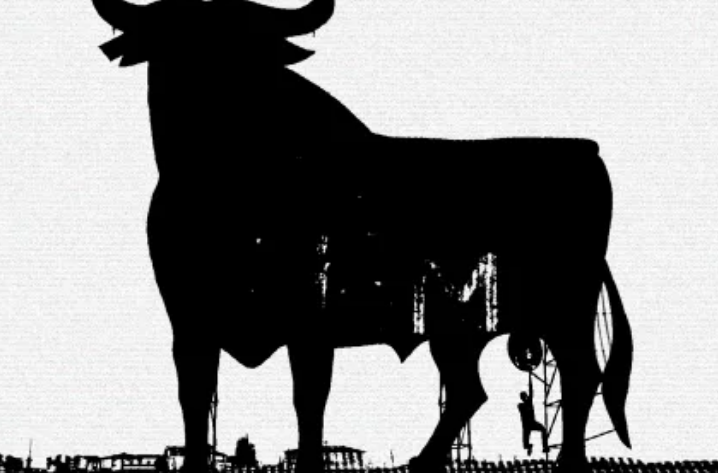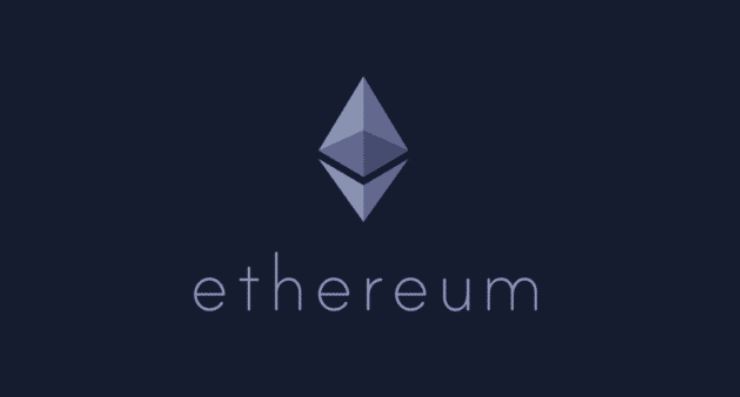Bitcoin’s Halving May Be Here Sooner Than You Know (Again)

Several months ago, the halving was expected to take place on April 28; now it’s on track to land on April 15. Blame the surge in bitcoin’s price, which has attracted more mining power and sped up the network.
The crypto world is eagerly awaiting next month’s bitcoin “halving” – the once-every-four-years event when the reward for adding new data blocks to the network is reduced by 50%. It’s a natural, pre-programmed part of the blockchain’s underlying code.
Astute observers may have noticed, however, that the expected time and date keeps creeping closer.
The halving is currently looking likely to fall around April 15, according to Nicehash’s countdown. Just a few months ago, it was supposed to come on April 28.
A similar phenomenon was observed in the run-up to the last halving four years ago, and history appears to be repeating itself.
The halving is considered a momentous event by many, seen as a catalyst for bull runs in the bitcoin (BTC) price and certainly a talking point in this year’s runup to an all-time high just over $69,000. As the theory goes, if fewer new bitcoins are being created and demand keeps surging, they’re harder to come by, so the value of those already in existence increases. April’s halving will see the block reward reduce to 3.125 BTC from 6.25 BTC.
But there’s another dynamic playing out in the bitcoin market: As the price of the cryptocurrency rises, the rewards of mining it get richer, and more operators are encouraged to turn on their machines or ramp up their computational power, known as “hashrate.”
A recent surge in hashrate has sped up the creation of new blocks as mining companies seek to cash in, and they’ve pushed even harder by bringing newer, more powerful equipment online.
Not so long ago, the Bitcoin mining-machine maker Antminer’s S19s were all the rage. Now the S21s are the top of the line.
“The modern S19 miners series averages around 120 terahashes per second (TH/s), but when you plug in an S21, you’re almost doubling that hash rate per slot,” Taylor Monnig, senior vice president of technology for bitcoin miner CleanSpark (CLSK), said in an interview.
Halvings officially take place every 210,000 blocks, which works out at around once every four years as a new block is added to the network every 10 minutes on average.
There are occasional “difficulty adjustments” to maintain the cadence, but over periods of time – and especially in bull markets – the blockchain can speed up.
Some firms will reinstall older kit that may soon be obsolete, in order to squeeze every drop of hash power out of their mining fleets as the halving approaches.
“Global hash rate was going to grow because lots of people ordered lots of machines. That’s the number one factor,” Adam Swick, chief growth officer of mining firm Marathon Digital (MARA), said in an interview. “Not as significant, but still evident, is that also people are re-plugging in some old machines due to the prices being high.”
BY: Jamie Crawley
DISCLOSURE
Please note that our privacy policy, terms of use, cookies, and do not sell my personal information has been updated.
CoinDesk is an award-winning media outlet that covers the cryptocurrency industry. Its journalists abide by a strict set of editorial policies. In November 2023, CoinDesk was acquired by the Bullish group, owner of Bullish, a regulated, digital assets exchange. The Bullish group is majority-owned by Block.one; both companies have interests in a variety of blockchain and digital asset businesses and significant holdings of digital assets, including bitcoin. CoinDesk operates as an independent subsidiary with an editorial committee to protect journalistic independence. CoinDesk employees, including journalists, may receive options in the Bullish group as part of their compensation.










